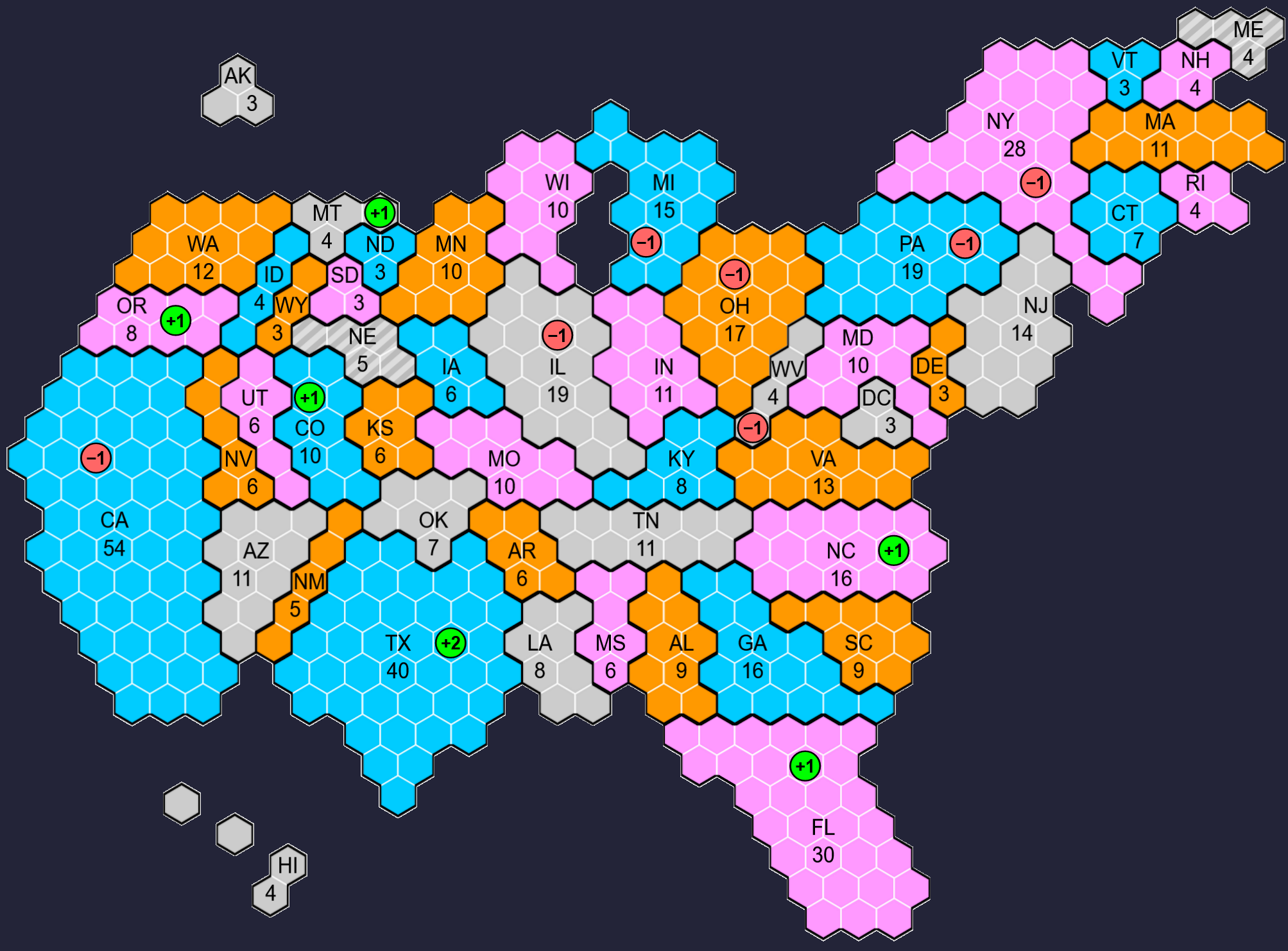Your cart is currently empty!

The Electoral College
Popular Influence vs. State Sovereignty
Ah, yes. The Electoral College. For some, the mention alone stirs frustration. A longstanding part of the U.S. electoral system, it regularly sparks debate—especially around presidential elections. Many see it as a barrier to the popular vote, an outdated mechanism that can allow a candidate to win without majority support. But viewing the Electoral College as merely an obstacle to popular voting misses its purpose and unique benefits. Designed to balance both state and national interests, it ensures that densely populated areas don’t monopolize political power and encourages a more inclusive, national strategy in presidential campaigns. Let’s answer a couple of key questions:
What is the role of the Electoral College? Does it still hold value? And how could election reform efforts best achieve the most effective outcomes?
The Foundation of the Electoral College: A Check on Majoritarianism
When the U.S. Constitution was crafted, the founders faced a key question: How do you balance the voice of the people with the sovereignty of states? The Electoral College was introduced as part of a system designed to balance direct representation with the federal structure that united the states. Much like the Senate, which gives each state equal representation regardless of population size, the Electoral College serves as a check on purely majoritarian rule. This structure sought to protect smaller states from the dominance of larger, more populous states, ensuring that national policy wouldn’t be dictated by a handful of high-population areas.
In essence, the Electoral College respects the United States’ character as a union of semi-sovereign states—a feature often overlooked in modern debates. Similar to the European Union today, where member nations retain individual sovereignty while sharing a governance structure, the U.S. at its founding aimed to ensure that smaller states could voice concerns and protect their interests. Does this design still serve its purpose today?
The Electoral College’s Modern Role: Balancing Diverse Needs and Regional Interests
Today, the Electoral College continues to play a balancing role. Critics argue that it allows candidates to win without the popular vote, but the structure actually provides a valuable counterbalance to the political and cultural influence of large urban centers. In a direct popular vote system, candidates could focus almost exclusively on major cities like New York, Los Angeles, or Chicago to secure a win, largely ignoring the needs and interests of smaller or rural states. The Electoral College forces candidates to consider the broader population, visiting smaller states and addressing the needs of diverse communities.
This setup also discourages cultural homogeneity, preventing any one region from dominating national policy or election narratives. By requiring a broader geographic appeal, the Electoral College encourages candidates to consider issues affecting smaller cities, rural areas, and less populous regions—a reflection of the diverse interests within the United States. Given this, does it help preserve the country’s distinct regional identities?
Beyond the Binary: Electoral College vs. Popular Vote
The debate around the Electoral College often presents a false dichotomy: Electoral College versus popular vote. This oversimplification implies that these are the only two options and that one must inherently be “right” while the other is “wrong.” But this binary view can overlook other, more constructive forms of election reform that could address voter concerns and improve election integrity without dismantling the Electoral College.
The real issue many Americans have with the current system often revolves around election transparency and trust. High-profile debates about the Electoral College can distract from these practical concerns. True election reform might better focus on enhancing election security, transparency, and accountability—areas often rooted in local and state-level administration rather than the federal level.
The Case for Elected, Transparent Local Election Boards
One promising reform proposal could be the election and public oversight of local and state election boards. Currently, many of these boards are appointed positions, which can make the election process feel distant or opaque to voters. By electing election board members and instituting transparent oversight practices, we could enhance public trust and engagement in the election process without changing the fundamental structure of the Electoral College.
Electing these officials would give the public a greater sense of ownership over election administration. Board members would be accountable to voters, responsible for upholding fair practices, and expected to operate transparently. For example, states like California and Arizona have implemented elements of election transparency and public reporting on election practices, leading to higher levels of voter engagement and confidence in recent years. Transparent oversight would ensure these boards conduct elections with accountability and precision, addressing concerns at their source rather than focusing solely on the federal level.
Conclusion
The Electoral College exists to protect the unique structure of the United States, balancing popular influence with the sovereignty of individual states. Rather than abandoning this structure, reform could focus on local election administration to address real concerns over election integrity. Electing local election boards with public oversight would allow voters to feel directly involved in the election process, building trust and transparency from the ground up. Such a change could refocus election reform on practical improvements rather than a divisive debate over the Electoral College versus the popular vote, fostering a more resilient, inclusive, and trusted election system for the future.
Read More:

Leave a Reply